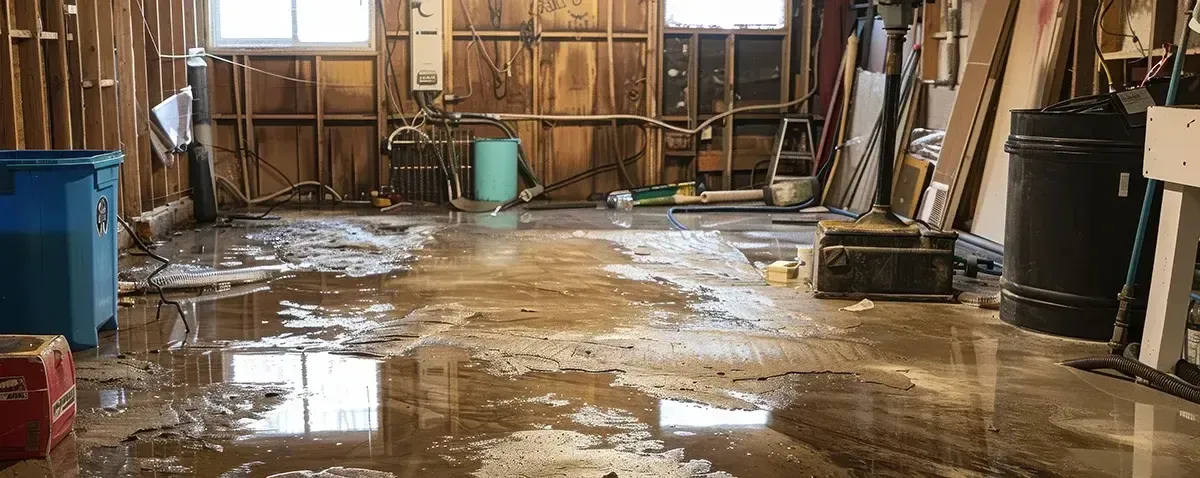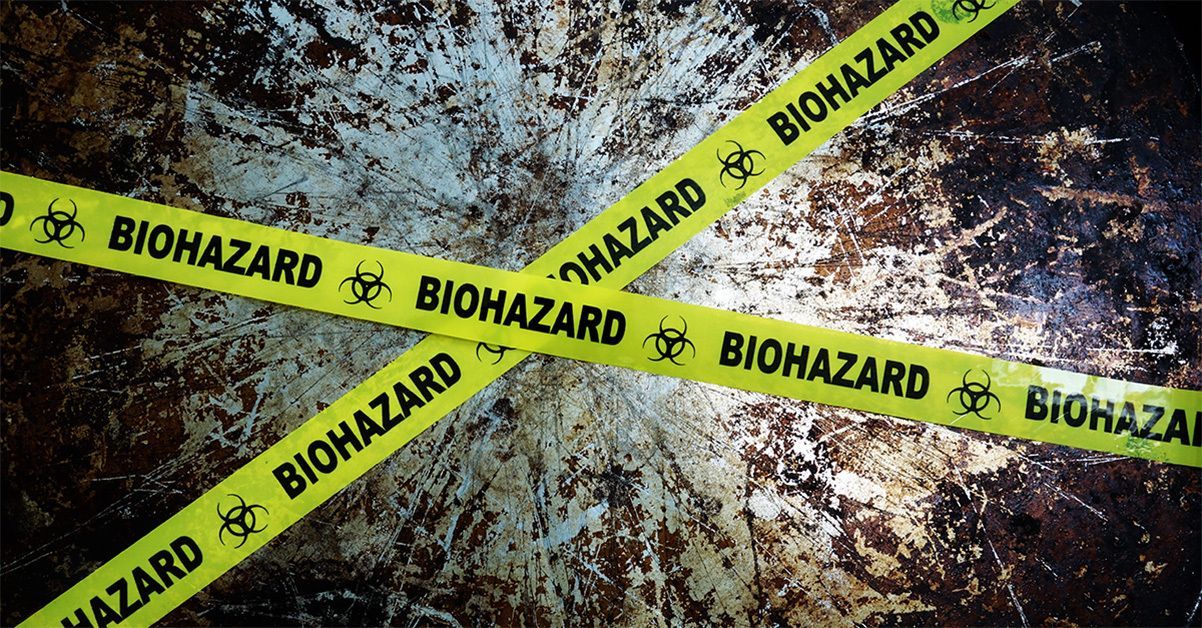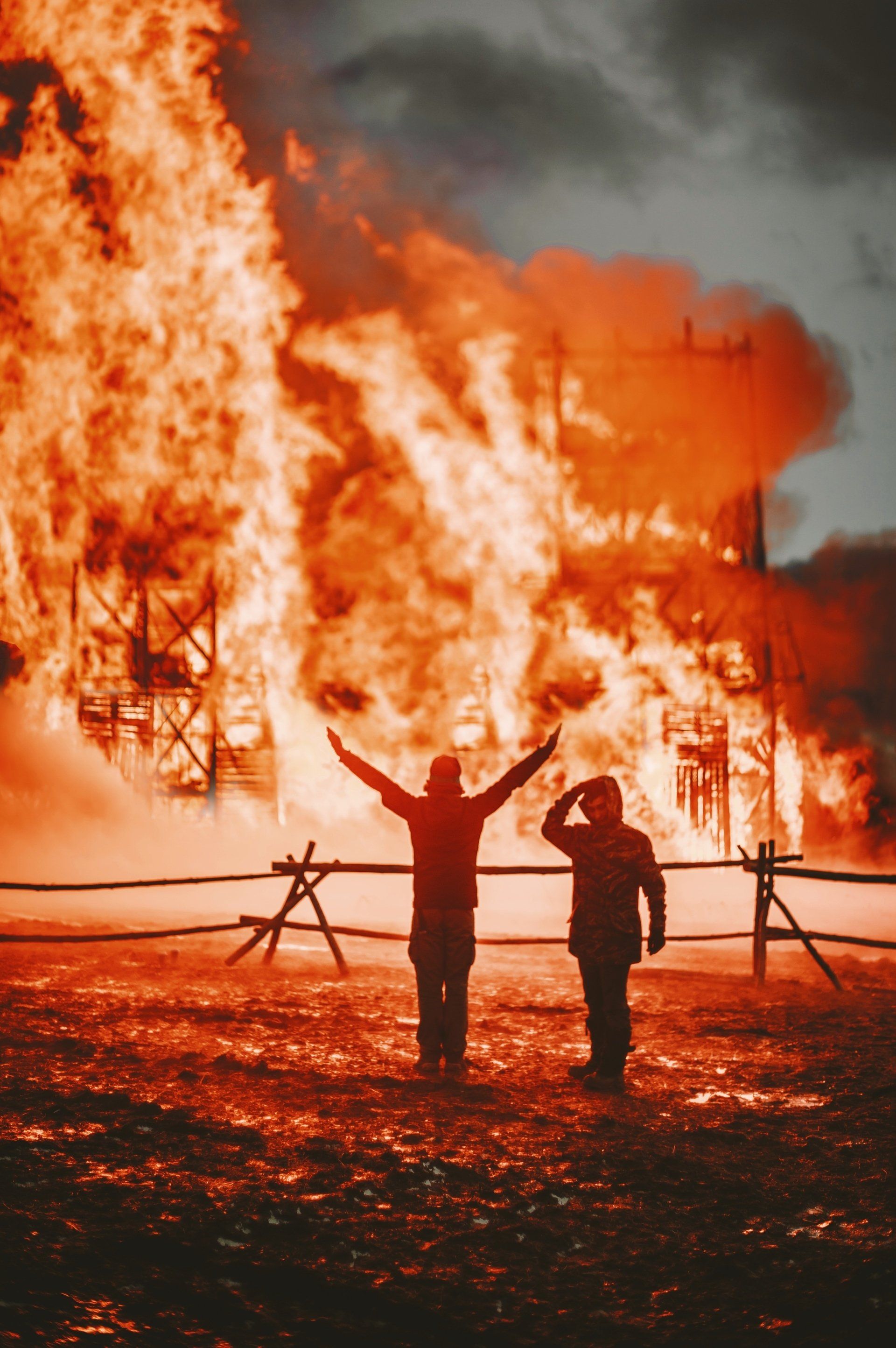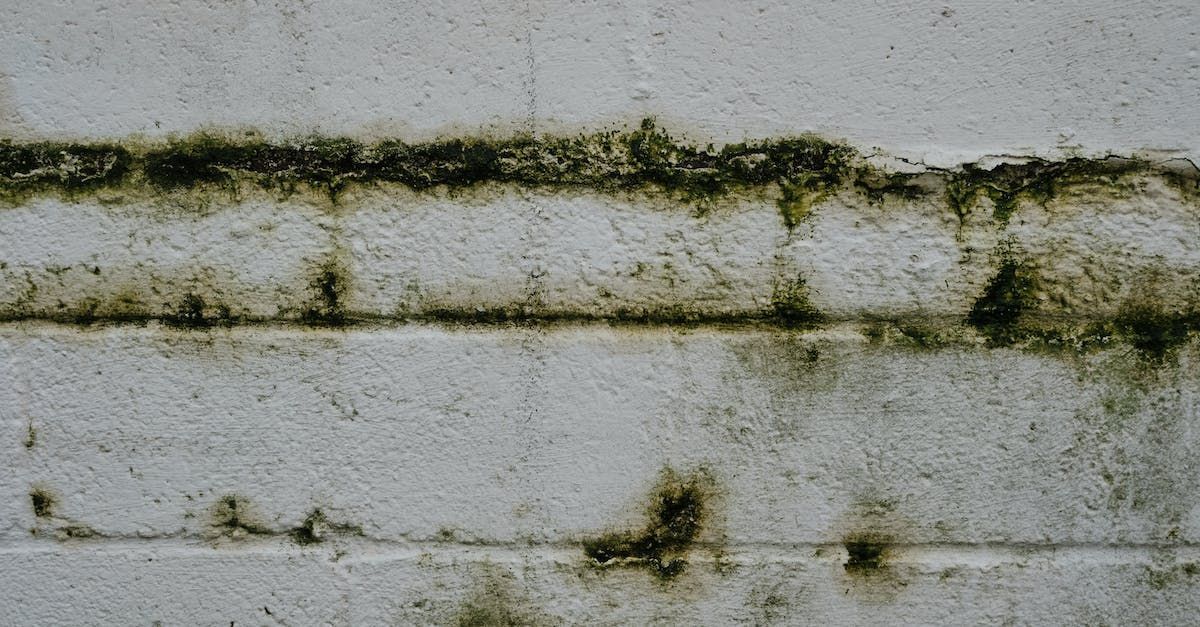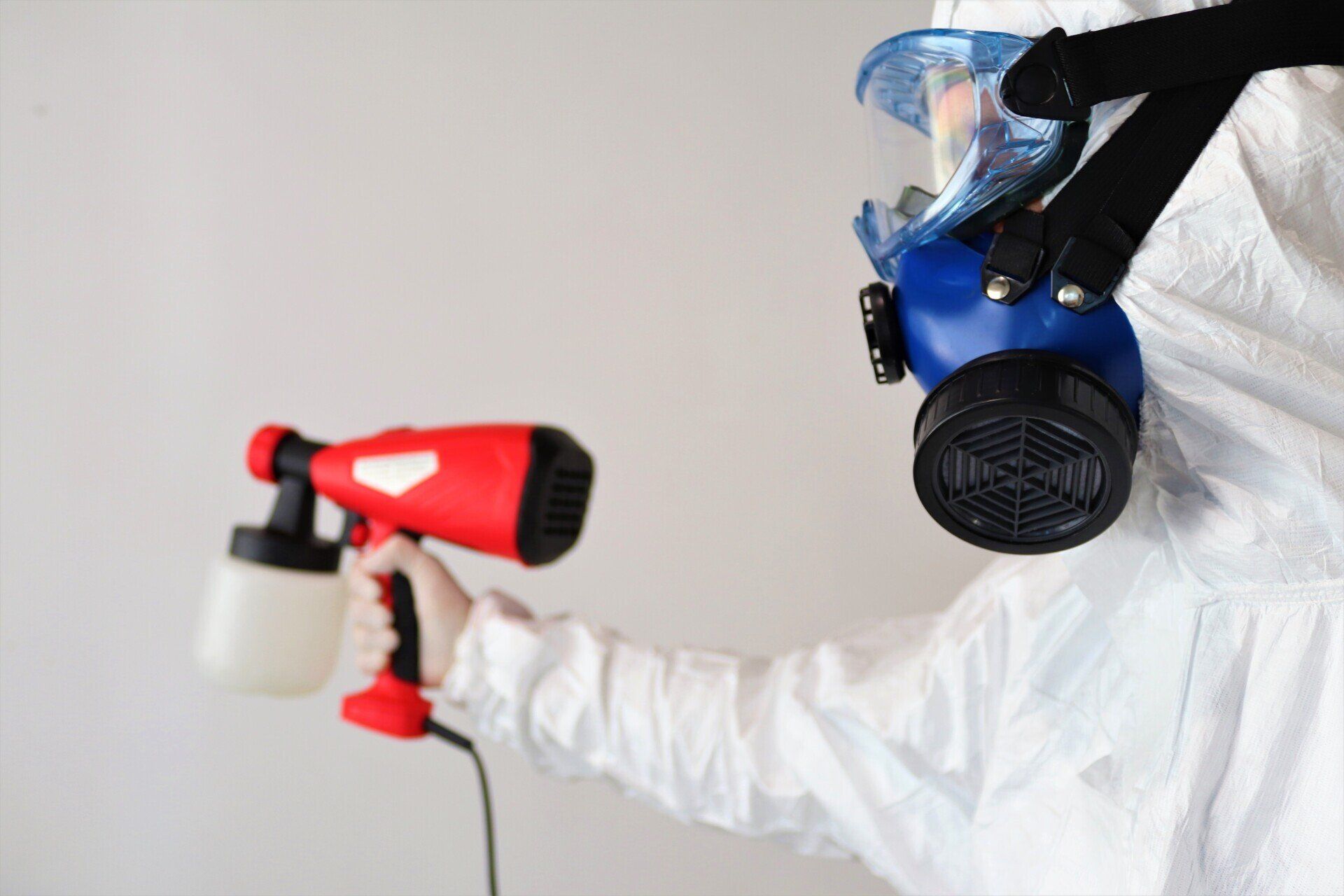The Process of Water Damage Restoration
The Process of Water Damage Restoration

Understanding the water damage restoration process is crucial for homeowners and property managers to mitigate the potentially devastating effects of water damage. Water damage can arise from various sources, including natural disasters like floods and storms, plumbing failures within the home, and leaks from household appliances. This article aims to provide a comprehensive overview of the water damage restoration process, highlighting the steps involved in recovering a property from water-related issues. By familiarizing themselves with this process, property owners can better prepare for, respond to, and recover from incidents of water damage, thereby minimizing the impact on their properties and lives.
What is Water Damage?
Water damage is classified into three categories based on the source and level of contamination: clean, gray, and black water. Clean water originates from sanitary sources and poses no immediate health risk. However, if not addressed promptly, it can degrade into gray or black water. Gray water contains significant chemical or biological contaminants that can cause illness if ingested or contacted. This category includes water from sources like sump pump failures and dishwashers. The most hazardous, black water, stems from sewage or natural disasters containing harmful bacteria and fungi that pose serious health risks.
Understanding what water restoration is and the importance of quick and effective response is crucial in mitigating the impact of water damage. Delays in addressing water damage can lead to structural damage, mold growth, and increased restoration costs. It's imperative to initiate the water damage restoration process as soon as possible to prevent the deterioration of clean water into more hazardous categories, further destruction, and potential health hazards.
Common areas and items within a home or building that are most susceptible to water damage include basements, roofs, plumbing systems, HVAC units, walls, and flooring. Furniture, electronics, and personal belongings are also at risk. Immediate action not only safeguards the structure and contents of the building but also ensures a healthier living environment.
Step 1: Initial Assessment and Safety Measures
The foremost step in the water damage restoration process emphasizes safety: ensuring electricity is turned off to prevent electrical hazards and wearing protective gear like gloves and masks to avoid contact with contaminated water. Professionals then conduct a thorough assessment to determine the water's category and the extent of the damage. Utilizing advanced tools such as moisture detectors and hygrometers, they accurately measure moisture levels in walls, floors, and ceilings, identifying areas of concern that might not be visibly apparent. Infrared cameras are also employed to detect water penetration without the need for invasive methods.
An integral part of this process involves documenting the damage through detailed photographs and notes, which are crucial for insurance claims. This comprehensive documentation assists homeowners in navigating the often complex claims process, ensuring a fair and just assessment of the damages sustained.
Step 2: Water Removal Process
Following the initial assessment, the water removal process begins, employing powerful pumps and vacuum units designed to extract large quantities of water from the affected property quickly. This step is vital to mitigate mold growth and structural deterioration that can occur if water is allowed to sit for an extended period. Speed is of the essence in preventing secondary water damage and in creating a dryer environment conducive to the next stages of restoration.
For individuals tackling water removal in a DIY scenario, it's essential to have access to a wet-dry vacuum capable of handling water, along with portable fans and dehumidifiers to aid in drying the area. Prioritize safety by wearing waterproof clothing, gloves, and a mask, especially if dealing with contaminated water. Ensure electricity is off in the area to avoid electrical hazards. Quick and thorough removal of water, utilizing the appropriate tools and precautions, can significantly reduce the risks of mold development and structural compromise.
Step 3: Drying and Dehumidifying
After the water removal phase, drying and dehumidifying become crucial. Drying focuses on eliminating all moisture from materials and surfaces, whereas dehumidifying ensures the air's moisture level is reduced, preventing further water absorption. Employing air movers accelerates the evaporation process by circulating air across wet surfaces, while dehumidifiers extract water vapor from the air, crucially aiding in creating a dry environment that discourages mold and mildew growth.
To ensure thorough drying, strategically place dehumidifiers and air movers around the affected area, focusing on wet materials and hidden spots prone to moisture, such as behind walls and under flooring. Regular monitoring with moisture meters helps identify remaining damp spots, ensuring no moisture is left behind. Maintaining a balance between drying and dehumidification, along with careful positioning of equipment, is key to preventing future moisture buildup and ensuring a comprehensive restoration process.
Step 4: Cleaning and Sanitizing
The cleaning and sanitizing phase is pivotal in thwarting mold and bacterial proliferation and is essential for maintaining a healthy environment post-water damage. Meticulous cleaning eradicates residues and contaminants while sanitizing eliminates harmful pathogens from surfaces and materials. For carpets and upholstery, specialized cleaning solutions designed to remove waterborne pollutants without damaging fibers are utilized. Walls and hard surfaces require agents that can both cleanse and disinfect without causing deterioration. When handling personal items, gentle yet effective solutions are preferred, safeguarding both the item's integrity and health.
Natural cleaners like vinegar can be effective for minor issues, but professional-grade antimicrobials may be necessary for severe cases to ensure thorough sanitization. Judiciously selecting between natural and chemical agents based on the damage extent and material sensitivity is crucial for effective restoration and health safety.
Step 5: Restoration and Repair
The final leg of the water damage restoration involves distinguishing between minor repairs, such as painting and fixing drywall, and major restorations, which may include rebuilding entire rooms or sections of a property. Minor repairs often address cosmetic damages and small fixes that can be quickly resolved to restore the aesthetics and functionality of the space. Major restorations, however, are comprehensive projects necessitating structural assessments, rebuilding, and possibly architectural input to ensure the property's safety and integrity.
Restoring damaged furniture and personal items requires meticulous cleaning, deodorizing, and sometimes refinishing or reupholstering to return them to their pre-damage state. Each item must be evaluated for restoration feasibility, with some requiring specialist restoration services.
In scenarios of extensive damage, professional contractors are indispensable. Their expertise ensures that major structural repairs, electrical, and plumbing systems are correctly and safely restored, adhering to building codes and regulations, ultimately securing the property's safety and longevity.
Can You Prevent Water Damage?
While some instances of water damage are unavoidable, adopting preventive measures can mitigate risks and reduce the severity of damage. Regular maintenance and inspections play a critical role in identifying potential problems before they escalate. Homeowners should conduct periodic checks on their roofing, plumbing systems, and HVAC units to ensure they are in good working condition. Any signs of wear or damage should be addressed promptly to prevent water intrusion.
Installing water sensors is an effective strategy for early detection of leaks. These devices can be placed in areas prone to water damage, such as near water heaters, washing machines, and under sinks, to alert homeowners of moisture issues before they become serious.
Landscaping also plays a significant role in water damage prevention. Proper grading and drainage can divert water away from the foundation, reducing the risk of basement flooding. Regular gutter cleaning is vital to prevent blockages that can lead to water overflow, damaging the roof, siding, and foundation of a home. Additionally, ensuring that downspouts direct water at least three feet away from the property can significantly reduce the risk of water damage.
Finally, routine plumbing maintenance is essential. Inspecting pipes for cracks or leaks and replacing old or corroded pipes can prevent catastrophic water damage. Together, these proactive measures can safeguard your home against the detrimental effects of water intrusion, preserving the integrity and value of your property.
How to Choose a Water Damage Restoration Professional
Selecting a qualified and experienced water damage restoration professional is pivotal in ensuring the well-being of your property following water damage. When choosing a restoration company, start by verifying their certification. Reputable companies will be certified by industry organizations such as the Institute of Inspection, Cleaning and Restoration Certification (IICRC), which sets the standards for the cleaning and restoration industry. Another critical factor is insurance; the company must be fully insured to protect you against any accidents or damage that may occur during the restoration process.
Customer reviews and testimonials provide valuable insights into the company's reliability, quality of work, and customer service. Platforms such as the Better Business Bureau (BBB), Yelp, and Google Reviews can offer unbiased opinions from previous clients. When interacting with potential service providers, ask targeted questions to gauge their experience and capabilities. Inquire about their process for dealing with your specific type of water damage, the equipment they use, and the timeline for completing the work. Additionally, ask about their experience dealing with insurance claims and whether they can assist you in that process. Transparent communication and a willingness to answer your questions are good indicators of a company's professionalism and customer service orientation.
What's Your Water Damage Plan? Stay Safe With Rx Restoration
When facing the challenge of water damage in your property, it is paramount to select a restoration service that not only understands the intricacies of the restoration process but also prioritizes your safety and satisfaction. Rx Restoration stands as a beacon of reliability, offering state-of-the-art technology combined with a team of certified professionals dedicated to restoring your property to its pre-damage condition. Our commitment to excellence and our comprehensive approach make us the ideal partner in your time of need. Trust Rx Restoration to turn back the tide of water damage, ensuring a swift, effective, and compassionate response. Contact us today to safeguard your property and peace of mind.
Water Damage Restoration Process FAQs
How long does it take to restore a home after water damage?
The time required to restore a home after water damage varies significantly based on the extent of the damage, the affected materials, and the response time to the incident. Generally, the process can take anywhere from a few days to several weeks.
How long does it take for water to cause structural damage?
Water can begin causing structural damage in as little as 24 to 48 hours after exposure. Prompt action is crucial to prevent or minimize permanent harm.
How much does water damage restoration cost?
The cost of water damage restoration can range widely depending on factors such as the size of the affected area, the type of water involved, and the severity of the damage. Costs can vary from a few hundred to several thousand dollars.
What is the difference between mitigation and remediation of water damage?
Mitigation focuses on preventing further damage from occurring after an initial incident, such as securing the area and removing excess water, while remediation deals with the repair and restoration of areas that have already been damaged by water.
Is water damage reversible?
While not all water damage is completely reversible, especially if not addressed promptly, many forms of water damage can be effectively mitigated and restored with professional intervention, returning the property to its pre-damage condition or close to it.
Rx Restoration
Providing comprehensive restoration services in Salt Lake City and Utah County, our expertise spans water damage, fire damage, mold remediation, and more. Our prompt response, industry accolades, and close collaboration with insurance companies exemplify our commitment to quality service and client satisfaction. Trust us to restore your property efficiently and effectively, ensuring you a safe and habitable environment.
IICRC Certified
OUR SERVICES
Contact Information
Rx Restoration
1194 E 1060 N, Spanish Fork, UT 84660
801-441-2919
office@rxrestoration.com
Rx Restoration
801-441-2919
1404 W State St Suite 208, Pleasant Grove, UT 84062

